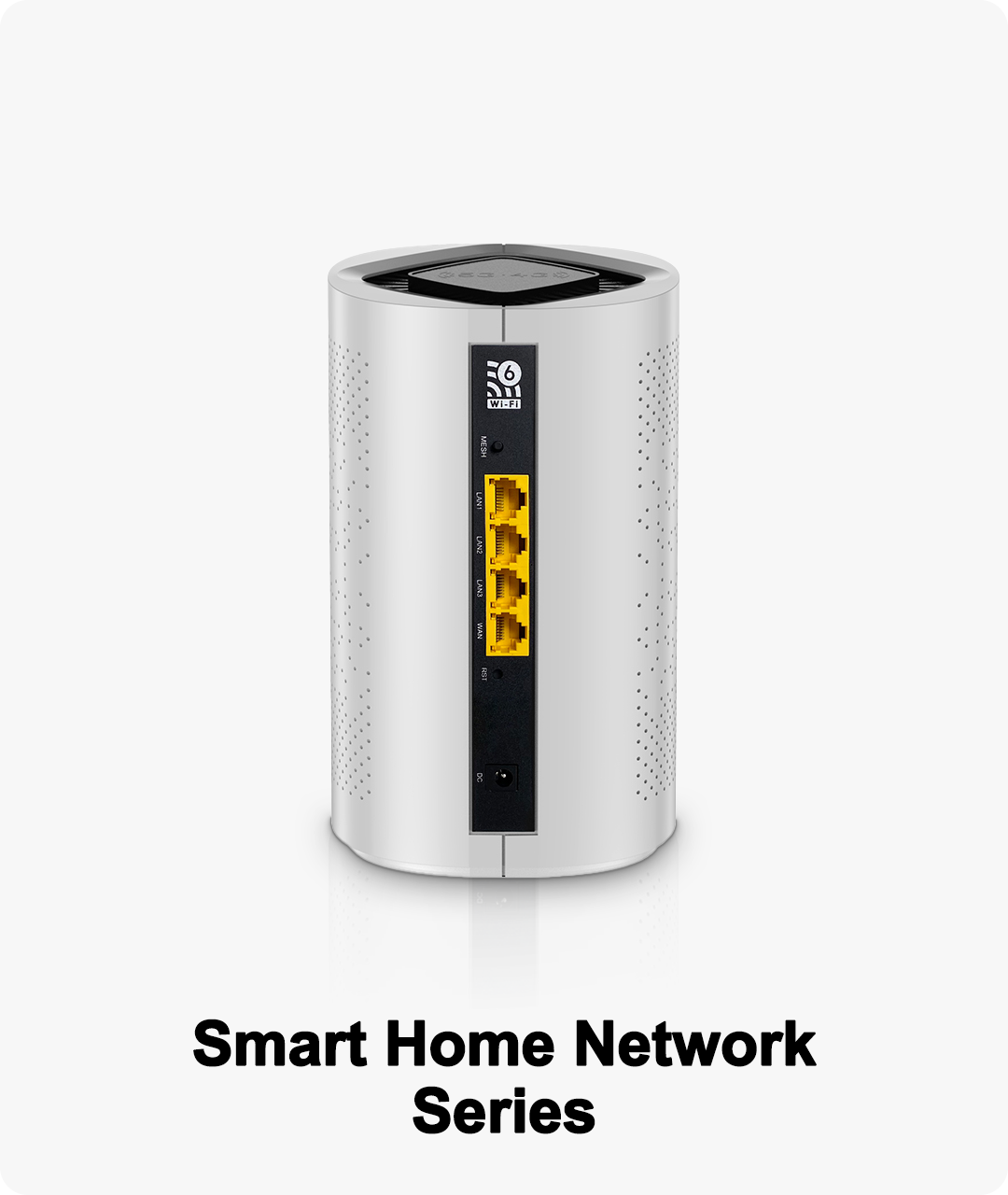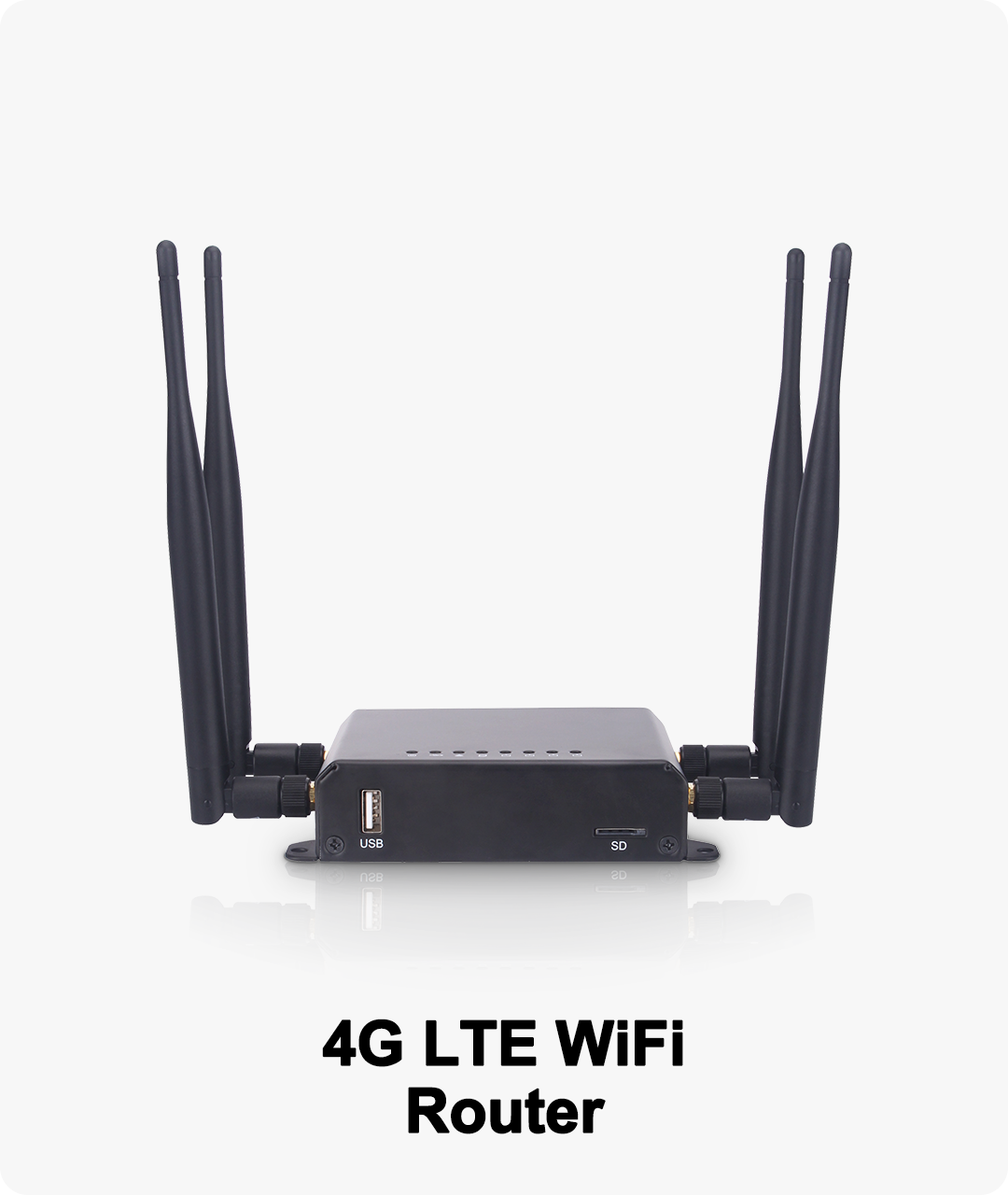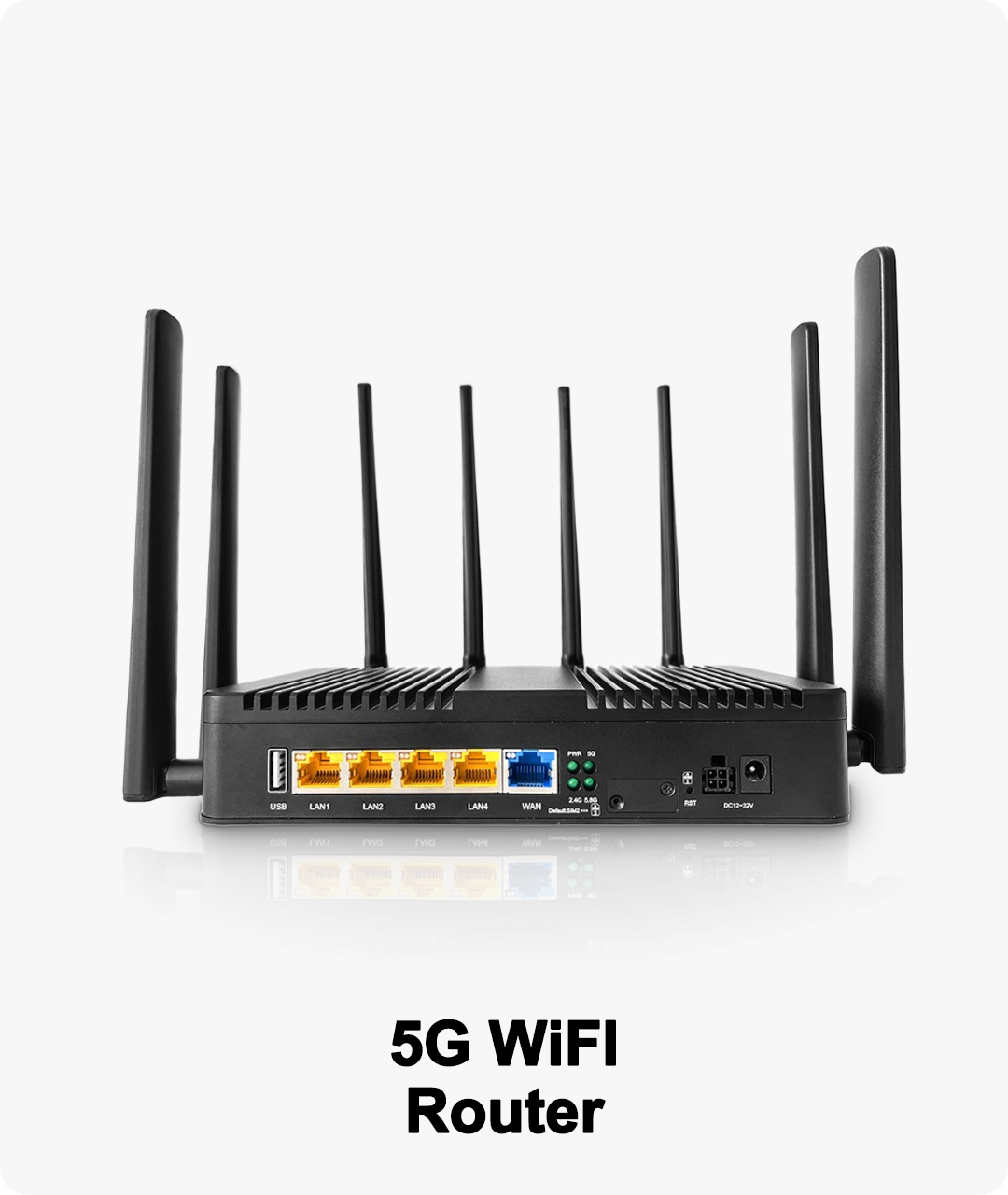D301, Building D, No. 54-6, Guanlan Avenue, Xinhe Community, Fucheng Street, Longhua District, Shenzhen ,China


Wi-Fi 5 (802.11ac):
Wi-Fi 5, or 802.11ac, has been the prevailing standard for wireless networking in recent years. It offers respectable data speeds and reliable performance, making it suitable for most home and office environments. With maximum theoretical speeds of up to 3.5 Gbps and support for MU-MIMO technology, Wi-Fi 5 routers can accommodate multiple devices simultaneously.
However, Wi-Fi 5 does have its limitations, particularly in high-density environments where network congestion can lead to reduced performance. Additionally, its efficiency in handling large numbers of connected devices may be suboptimal compared to the capabilities of Wi-Fi 6.
In the realm of wireless networking, the transition from Wi-Fi 5 to Wi-Fi 6 marks a significant advancement in connectivity standards. Understanding the differences between these two iterations is crucial for businesses and consumers alike as they navigate the complexities of modern networking requirements.
Wi-Fi 5 (802.11ac):
Wi-Fi 5, or 802.11ac, has been the prevailing standard for wireless networking in recent years. It offers respectable data speeds and reliable performance, making it suitable for most home and office environments. With maximum theoretical speeds of up to 3.5 Gbps and support for MU-MIMO technology, Wi-Fi 5 routers can accommodate multiple devices simultaneously.
However, Wi-Fi 5 does have its limitations, particularly in high-density environments where network congestion can lead to reduced performance. Additionally, its efficiency in handling large numbers of connected devices may be suboptimal compared to the capabilities of Wi-Fi 6.
Wi-Fi 6 (802.11ax):
Wi-Fi 6, the latest iteration in wireless technology, represents a leap forward in terms of speed, capacity, and efficiency. With maximum theoretical speeds exceeding 9.6 Gbps and support for advanced technologies such as OFDMA and TWT, Wi-Fi 6 routers can deliver unparalleled performance in even the most demanding environments.
One of the key advantages of Wi-Fi 6 is its ability to handle large numbers of connected devices more efficiently than its predecessor. This is achieved through features like BSS Coloring and spatial reuse, which minimize interference and maximize throughput. Additionally, Wi-Fi 6 routers offer improved coverage and range, ensuring consistent connectivity throughout the network.
Comparative Analysis:
When comparing Wi-Fi 5 and Wi-Fi 6, several key differences become apparent:
Speed: Wi-Fi 6 offers significantly faster speeds than Wi-Fi 5, with maximum theoretical speeds more than doubling those of its predecessor.
Capacity: Wi-Fi 6 routers can accommodate a larger number of connected devices simultaneously, making them ideal for high-density environments such as offices, schools, and public venues.
Efficiency: Wi-Fi 6 is more efficient in handling network traffic and minimizing interference, resulting in improved performance and reliability.
Conclusion:
While Wi-Fi 5 has served as a reliable standard for wireless networking, Wi-Fi 6 represents a significant step forward in terms of speed, capacity, and efficiency. Businesses and consumers looking to future-proof their networking infrastructure should consider upgrading to Wi-Fi 6 to take advantage of its enhanced capabilities and ensure optimal performance in the years to come.

















